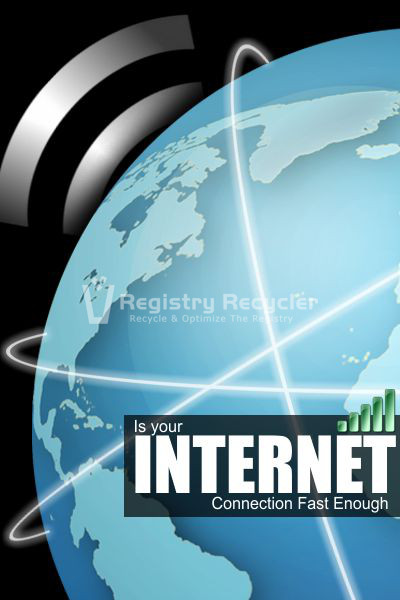 Communicating remotely, accessing rich data libraries, retrieving ironic media archives, transferring data, playing games with community members and connecting to friends are all modern day computing essentials that require an internet connection. Indeed, a computer without a network association stands down on its least worth. A slow performing internet connection however is not very different.
Communicating remotely, accessing rich data libraries, retrieving ironic media archives, transferring data, playing games with community members and connecting to friends are all modern day computing essentials that require an internet connection. Indeed, a computer without a network association stands down on its least worth. A slow performing internet connection however is not very different.
In the contemporary technological environment, where service providers are rapidly introducing even larger data transfer packages, those complaining about the speed of internet sound quite weird. If you are one of such unfortunate users, you need to redefine your roadmap on what your actual internet requirements are and how to achieve these.
For common PC issues, Junk files unclogging, boosting System performance, speeding up Internet and other underlying Windows concerns, we recommend using this tool.
- Step 1 : Download Systimizer ‒ PC Cleaner & Internet Booster (Effective with Windows 10, 8, 7 & XP)
- Step 2 : Click "Scan" to analyze your PC
- Step 3 : Click "Fix" to wipe out all bumps
This article lists down the checklist of suggested actions that you must take in order to reach the breakeven point between what you require and what you get. Refer to the submissions given below and comply your own scenario with each one of them.
Required Speed: There are millions of internet subscribers with different kinds of usage. If you are someone trying to roam around through webpages using a single computing device, accessing reading material and not intended to make downloads, you lie under the category of Mild Users. In such a situation, you may not require to subscribe for a high-speed expensive internet connection.
In a state of multiple users with multiple devices using same internet connection, you may not be allocated to the same user category as in the previous situation. To play games online, access online flash media content, and download data in several GBs, you would entail a merely faster internet connection. People having such classification of usage will be considered as Moderate Users.
The third group in this concern is of Intense Users. This category mostly includes corporate subscribers or professional individuals like videographers and photographers. Streaming high definition videos, uploading and download GBs of data every day, working massively with cloud storage, and using live applications require an excessive internet speed. Having such an internet connection may cost you hundreds of dollars.
Apportion yourself into one of the above categories and determine the user type for yourself. Only then will you be able to decide what internet package to subscribe for.
Connection Type: You can connect to an open network with specified amount of bits transferred per second through several channels. The connectivity speed of each channel will vary from the other one. The first and the earliest way of connecting is the Dial-up method. This is an outdated and slow, but an inexpensive mean of connectivity that is hardly operational anymore.
Digital Subscriber Line (DSL) is a mode of network integration that is somewhat similar to Dial-up, but provides a better speed. This type of connection also requires landline to mount on. A DSL connection may offer you with different speed and data transfer limits depending on different payment packages.
Another proficient method for logging on to World Wide Web is through Cable. Such type of method is favored by most of the internet users around the world. However, the speed depends on the wired capacity of the cable. The subscription is bit costly but worth for what is provided.
Speed Check: Many people report the service not agreed to the package subscribed for. If you think you are not getting what you are paying for, let your connection testify the situation. For this purpose, certain online speed check applications can be brought under use. Once you are sure that you are undergoing a breach of arrangement, report it to your internet service provider and ask them to rectify it.
Error Scan: There is a possibility for the existence of system errors that resist you to reach the maximum speed limit. These errors could be a result of virus intrusion, corrupt registry, and/or malicious plug-ins in your web browser. Take your time to make sure that your system is free of all these errors. Incorporate an efficient antivirus and scan all your drives with it (preferably in Safe mode), fix registry errors, and remove all malicious tools from your web browser.
After confirming each of the above checks, you should have a clear situation on why you are experiencing a slow running internet connection. You can then go for a solution accordingly.
 Press Release — Developer Tribe Launches Registry Recycler, a Free Registry Cleaner
Press Release — Developer Tribe Launches Registry Recycler, a Free Registry Cleaner
